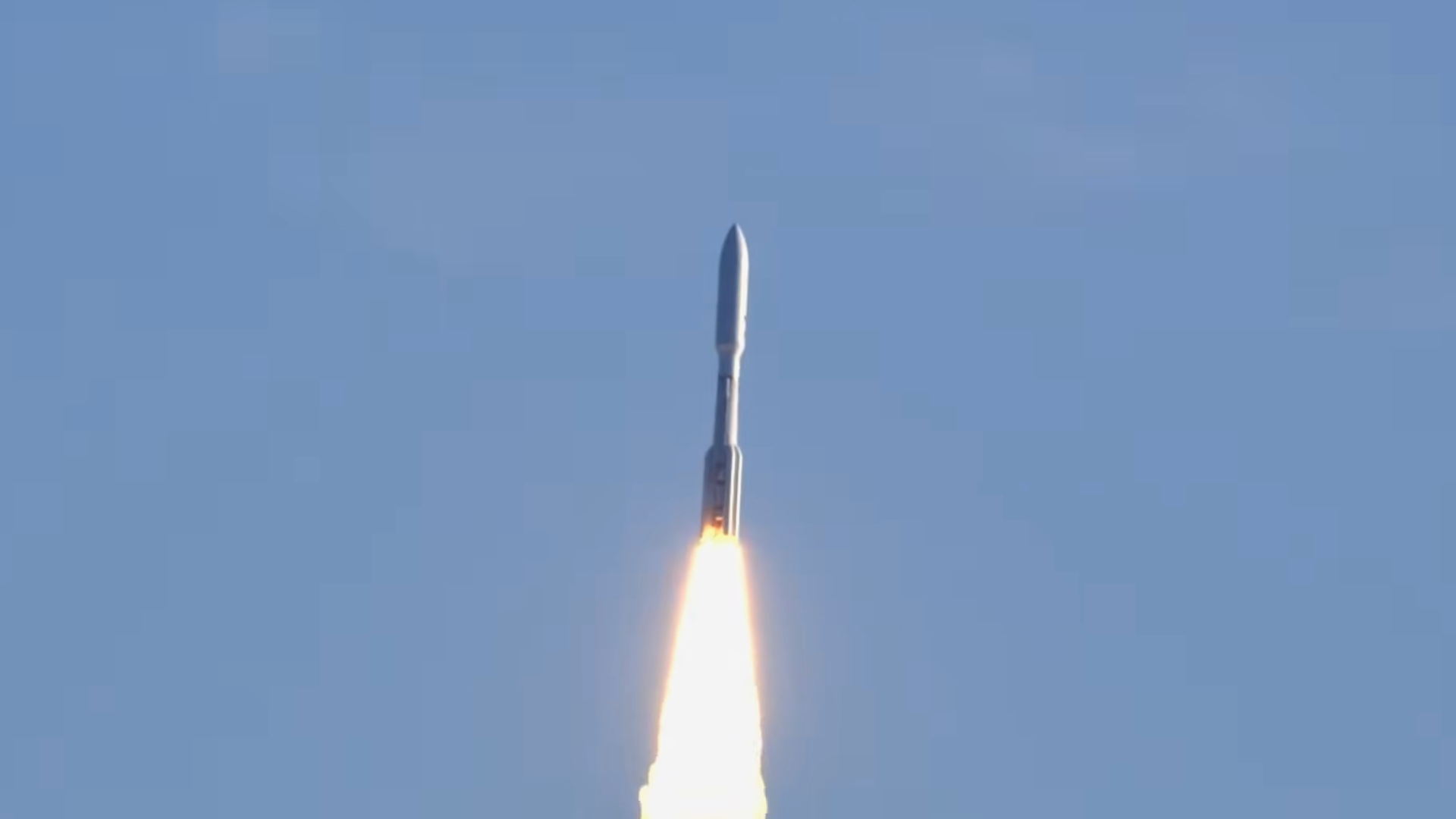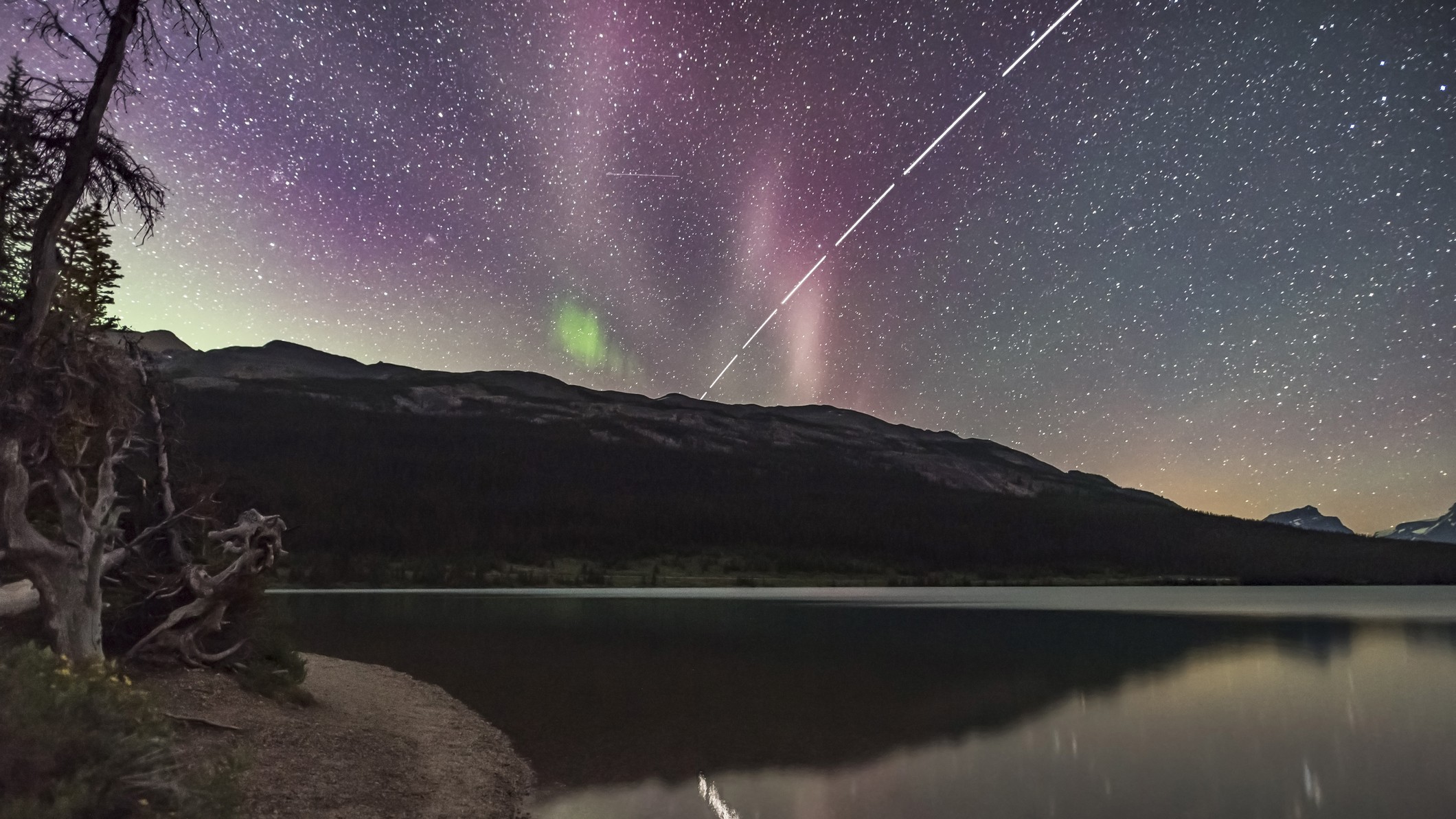ULA rocket launches 27 of Amazon's Project Kuiper internet satellites (video)
Another batch of Amazon's Project Kuiper broadband satellites has taken flight this morning (Sept. 25).
A United Launch Alliance (ULA) Atlas V rocket topped with 27 Project Kuiper craft lifted off from Florida's Cape Canaveral Space Force Station today, at 8:09 a.m. EDT (1209 GMT).


The Project Kuiper megaconstellation will eventually consist of about 3,200 satellites in low Earth orbit (LEO). These spacecraft will be lofted on more than 80 launches performed by a variety of rockets — SpaceX's Falcon 9, Arianespace's Ariane 6, Blue Origin's New Glenn and ULA's Atlas V and Vulcan Centaur.
Today's launch was the fifth such mission, following two Atlas V and two Falcon 9 liftoffs that sent a total of 102 Project Kuiper satellites to LEO.
Today's mission employed an Atlas V 551, the most powerful variant of the workhorse launcher, which features five side-mounted solid rocket boosters.
The Atlas V's upper stage deployed the 27 satellites at an altitude of 280 miles (450 kilometers). After that, "the Project Kuiper team will take over command of the mission from our 24/7 mission operations center in Redmond, Washington, confirm satellite health and ultimately raise the satellites to their assigned orbit of 392 miles (630 km) above Earth," Amazon representatives wrote in a mission description.
Breaking space news, the latest updates on rocket launches, skywatching events and more!

Michael Wall is a Senior Space Writer with Space.com and joined the team in 2010. He primarily covers exoplanets, spaceflight and military space, but has been known to dabble in the space art beat. His book about the search for alien life, "Out There," was published on Nov. 13, 2018. Before becoming a science writer, Michael worked as a herpetologist and wildlife biologist. He has a Ph.D. in evolutionary biology from the University of Sydney, Australia, a bachelor's degree from the University of Arizona, and a graduate certificate in science writing from the University of California, Santa Cruz. To find out what his latest project is, you can follow Michael on Twitter.
You must confirm your public display name before commenting
Please logout and then login again, you will then be prompted to enter your display name.
